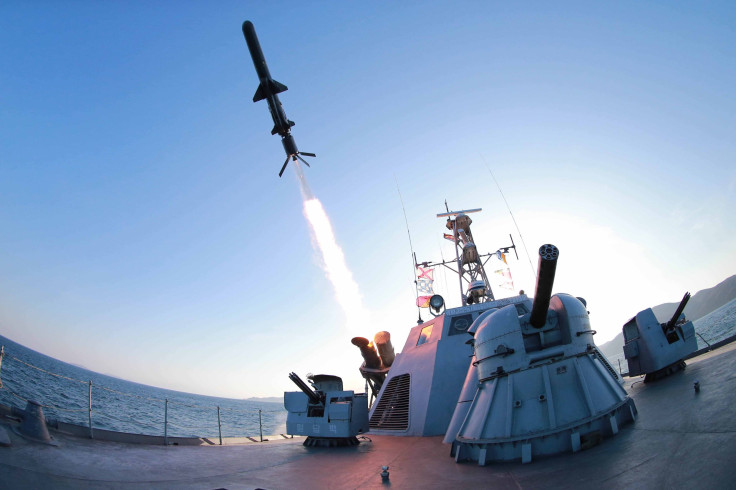North Korea Tests Short-Range Missiles As US Envoy Arrive In Seoul

New U.S. Deputy Secretary of State Antony Blinken not only experienced a warm welcome from Seoul, but from North Korea as well. Before Blinken’s talks on Monday, Pyongyang test fired five short-range missiles into the sea on Sunday.
Blinken was in South Korea to discuss North Korea's nuclear weapons program as well as the alliance between Seoul and Washington. Part of the talks between the two countries delved on an accord that will allow Seoul to reprocess spent nuclear fuel for as long as it will be used for research and development (R&D) purposes, Yonhap News Agency reports.
Washington and Seoul, according to Yonhap, have been negotiating over a deal, called "123 agreement." The later basically discusses allowing South Korea to used spent nuclear fuel for R&D purposes as long as it does not pose any risks of nuclear proliferation. The news agency said the two countries have spent over four years to revise the 1974 accord. Once the accord is approved, Seoul will be given some autonomy to pursue its nuclear-related R&D plans. In the current set-up, albeit South Korea is allowed to tinker with spent nuke fuel, it must first seek permission and approval from the United States.
"The two countries are in the last stage of fine-tuning some details after reaching agreement on major points of the nuke accord," Yonhap quoted an unidentified source. The only thing delaying the final approval is whether Seoul would be able to prove it would be responsible in dealing with its nuclear waste.
Before Blinken set foot on South Korea, Pyongyang fired five missiles from a North Korean coastal town. It flew 200 kilometres (125 miles) before landing in waters off the country's east coast. A South Korean Defense Ministry official said the launches were the North's second missile firings this year, the AP reports.
The U.S. and South Korea are scheduled to hold their annual military exercises this spring. Earlier in February, North Korea test-fired a new anti-ship cruise missile that had been developed by local scientists. State media described it as a “new type of cutting-edge anti-ship rocket” that will “bring a great change in the navy’s defence of territorial waters.”
Despite such posturing by Pyongyang, Blinken maintained it is "premature" to deploy the advanced missile defence systems of the U.S., the Terminal High-Altitude Area Defense, or THAAD, on South Korean soil.
To report problems or to leave feedback about this article, e-mail: e.misa@ibtimes.com.au.





















